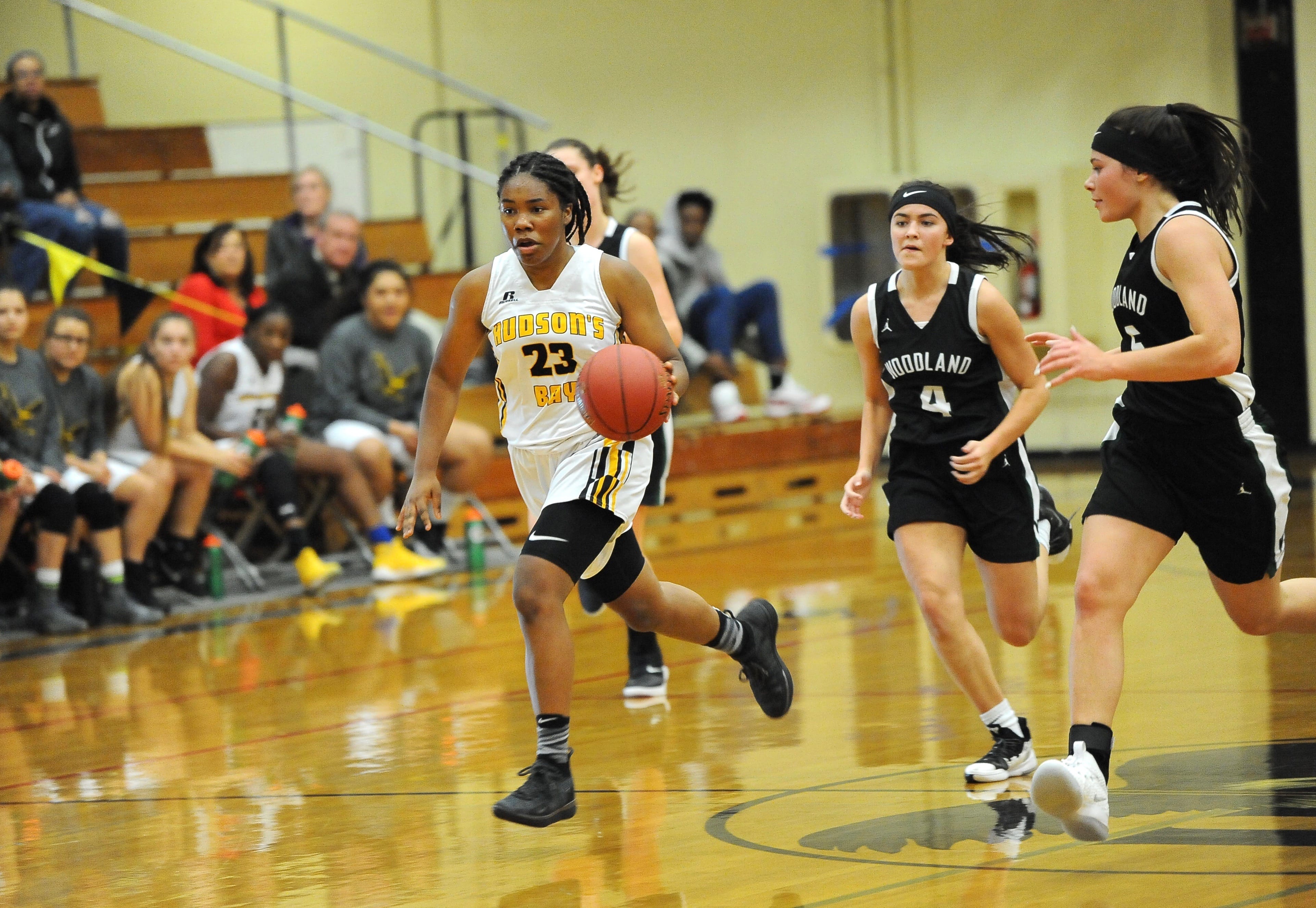The Washington Interscholastic Activities Association last week released proposed rule amendments which will be voted on this spring.
Among the list of procedural proposals — like allowing JV football teams to play overtime periods or standardizing warmup times for volleyball matches — are two proposals that could dramatically change the landscape of high school sports in the state.
Well, at least in some areas of the state. Maybe.
The first proposal sets fixed enrollment thresholds for each classification.
Currently, the six classifications are divided somewhat equally — 64 schools at 4A, 66 at 3A, 65 at 2A, 65 at 1A, 60 at 2B and 64 at 1B.
The proposed thresholds would be 1,300+ for 4A, 900-1,299 for 3A, 450-899 for 2A, 225-449 for 1A, 105-224 for 2B and 1-104 for 1B.
While there’s no way of telling how this will alter the classifications a year from now when the next classification cycle is set, we can look at how these thresholds might have impacted things if applied to the last time classifications were set.
Assuming no further opt-ups, it would have left 4A with 68 schools, 3A with 71, 2A with 57, 1A with 59, 2B with 54 and 1B with 75.
Locally, that would have meant that Mountain View would have remained a 4A school and Columbia River would have remained a 3A school, leaving the three Greater St. Helens Leagues with six teams each. All other Clark County schools would have remained where they currently are.
But then the WIAA added another wrinkle.
In a second proposal drafted to deal with inequity based on relative wealth, schools would be allowed to reduce the enrollment number used to classify them based on the percentage of students who receive free or reduced lunch (FRL).
Under the proposal, any school whose percentage of FRL students exceeds the state average (roughly 43 percent) by 10 percent would be allowed to reduce their enrollment number by between 10 and 40 percent, based on how far their percentage exceeded the state average.
In Clark County, only two schools reach that threshold — Hudson’s Bay (53 percent) and Fort Vancouver (59).
However, if both of these proposals had been in place during the last reclassification process, the relief both Bay and Fort would have received would not have been enough to move them out of Class 3A, although Bay would have been really close.
And that’s the hitch with this proposal.
Of all the schools currently in Class 2B or higher, only about 16 percent meet the 53 percent FDL threshold, with a little more than half of that number coming from the eastern side of the state.
Of that 16 percent, many schools would be in the same boat that Fort and Bay would have been – the number adjustment would not be enough to move down in classification.
Of the remaining schools that could move down, some would choose not to move down, meaning that the actual percentage of schools impacted by this proposal could easily be in the single digits.
But at least this proposal is a move in the right direction to help level the playing field. And sometimes big moves require a small first step.
Neither one of these proposals is guaranteed passage by the representative assembly. A 60 percent approval vote is required for passage, and historically, this body has been reluctant to adopt dramatic changes.
But maybe time has come for change. It will certainly be an interesting process to watch this spring.
Tim Martinez is the assistant sports editor/prep editor for The Columbian. He can be reached at 360-735-4538, tim.martinez@columbian.com or follow his Twitter handle at 360TMart.




